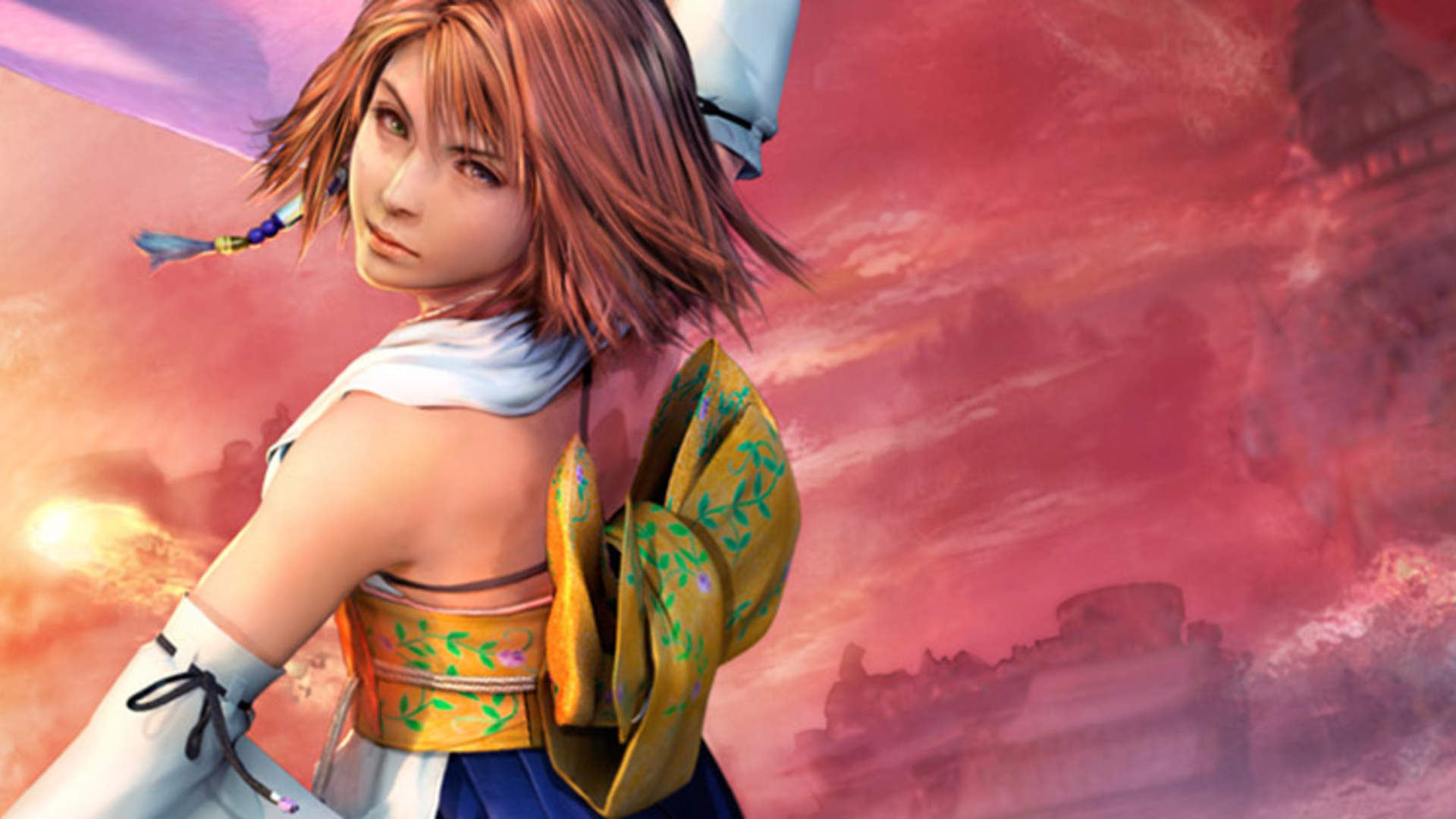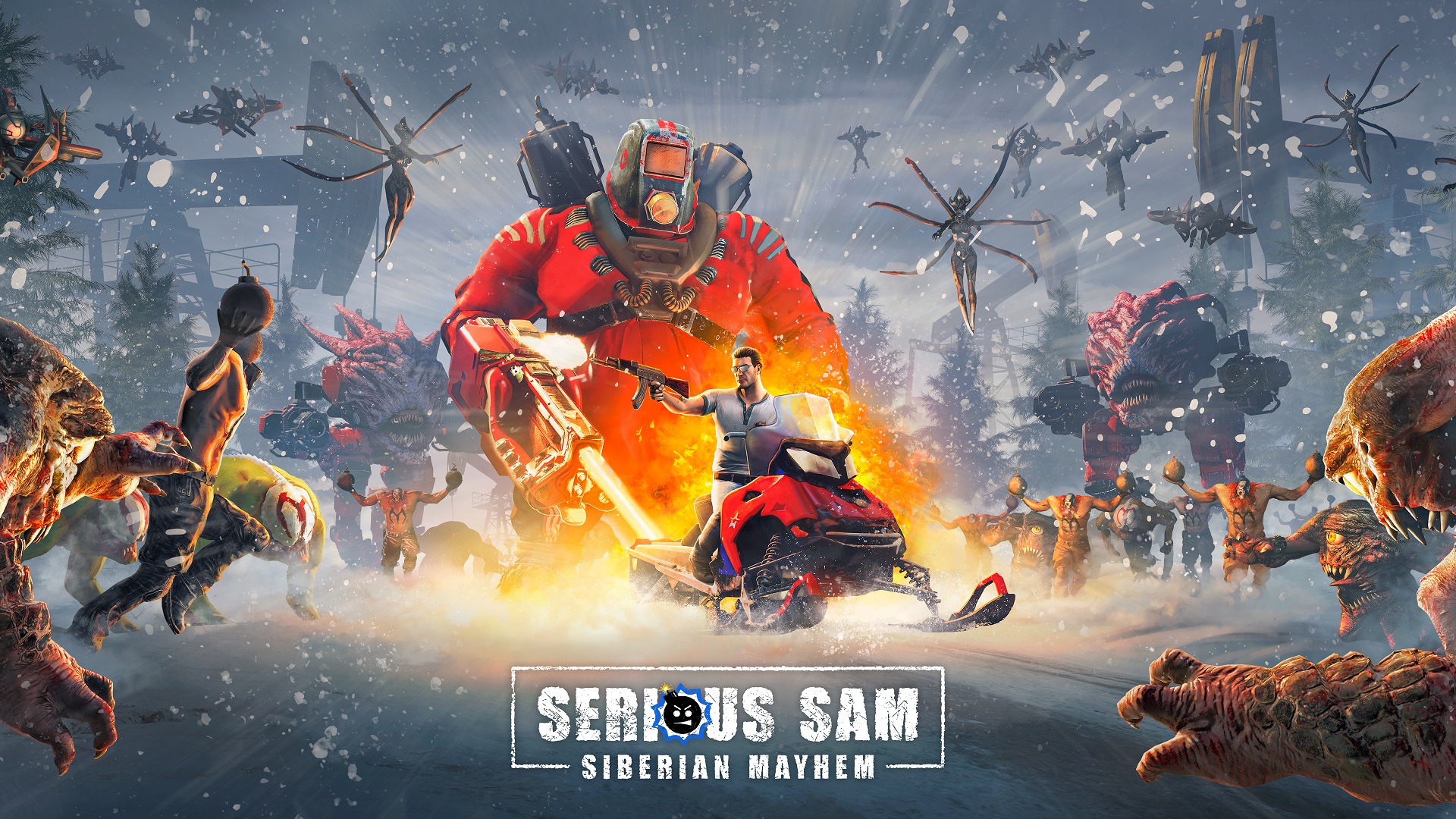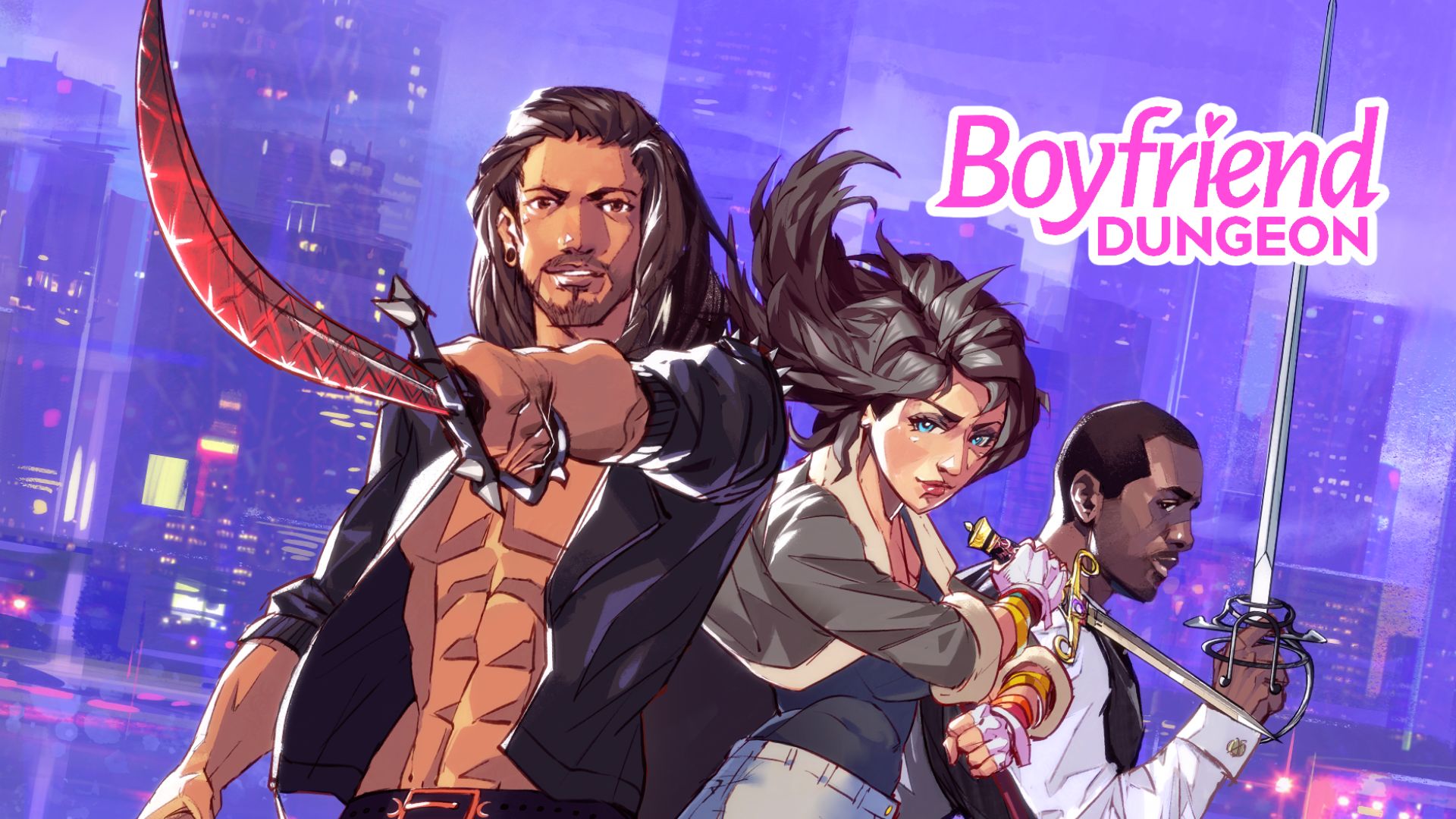Share
Advancing Innovations
It’s not uncommon for lush game libraries to inhabit Nintendo’s systems. Even their less successful systems, like the Wii U and GameCube, are almost endlessly capable of taking players on a wide array of truly spectacular virtual journeys. I have fond memories of most of Nintendo’s systems and find myself revisiting classics or booting up things I never had the pleasure of playing. And yet the sleek and smooth Game Boy Advance seems to be the system I find myself coming back to the most.
The Game Boy Advance library is packed with wondrous first-party outings, like Metroid Fusion and Wario Land 4, and is even home to one of the best Zelda games, The Legend of Zelda: Minish Cap. It is still wild that Capcom developed a few Zelda games for Nintendo handhelds. It sounded unbelievable at the time, but this was when Nintendo started to really experiment and try different things. Yeah, it got us Star Fox Adventures, but it also got us WarioWare, Inc.: Mega Microgames! and Eternal Darkness: Sanity’s Requiem. The Game Boy Advance featured an absurd amount of popular chart-topping carts that were loved by critics and players alike, but it was also home to some lesser-known titles. There are some dazzling gems hidden beneath the beloved Metroid, Mario, Wario, and Zelda carts that remain spectacular to play even today.
The Sims Bustin’ Out

Tradeoffs have always been a part of handheld ports of PC and console releases. The PlayStation Vita and Nintendo 3DS were the first systems to really start to bridge the gap between the handheld ports and their console counterparts. Mario Kart 7 and Killzone: Mercenary are great examples of showing the vast growth in handheld technology that allowed for a more console-like experience. They are both less detailed and have fewer features than the games from the same franchises featured on consoles. It used to be a lot different though.
Handheld versions could be completely different from ports, featuring different gameplay and story elements entirely. The console version may be a 3D game with an over-the-shoulder camera perspective or a 2D sidescroller while the handheld version may be from a top-down or isometric angle. In those earlier years though, the handheld version was what you would play to experience a similar flavor as the console/PC version, but it would usually be an arguably inferior representation of the game’s ideas. Sometimes developers worked to create something unique and different though when crafting the handheld ports. The Game Boy Advance ports of The Sims are my favorite example of what is possible when working within hardware limitations to create something unique and worthwhile instead of something passable or simply acceptable.
For those unfamiliar or in need of a refresher, the concept of The Sims is deceptively complex and wrapped in a simple sounding premise. You control an open-ended simulation where the characters and environment can be manipulated and controlled by you. This includes having the characters, known as ‘Sims,’ eat when hungry, bathe when dirty, and sleep when fatigued. And it extends beyond that in some instances too, like practicing speeches in front of the mirror to increase the sim’s charisma stat to help with career and hobby aspirations. The variety and depth only grew as the series continued, which allowed for more customization and personalization with each expansion or subsequent release.

After the wild success of the first game on PC, publisher Electronic Arts understandably started having the games ported to consoles and handhelds as the series continued. Different studios handled the portable versions of the games — and the differences do not stop there.
The console version of The Sims Bustin’ Out featured a linear storyline where the player’s character needs to complete objectives to collect enough money to evict the game’s villain from their mansion and give everyone’s stolen possessions back to them. This was already far different from the mainline games on PC, but the Game Boy Advance went on to differ much more beyond that.

The first major departure for the Game Boy Advance’s Bustin’ Out is the control scheme. The player controls their Sim with standard directional input on the D-Pad instead of the traditional point-and-click style. This already creates a more intimate feeling from the other games since you are this character instead of a removed participant manipulating the Sim and world around them. This change likely emerged from a discussion on functionality and screen space, but it honestly creates a closeness that helps the linear story objective-based structure of the game work so well.
Walking through a story and having involved conversations with characters really serves to draw a line between The Sims and other social simulation games of the era like Animal Crossing and Harvest Moon. It creates a different feeling and evokes a sense of warmth to live in this world, as opposed to simply existing within its confines. The boundaries are still there but they blend the player into the world’s fiction. The story threads and unique dialogue really fill in the world in interesting ways. It almost feels forbidden and like the player is getting to look behind lore curtains since the series previously hinted at the story and character elements in a way almost reminiscent to Nintendo’s approach with older Zelda lore or, more recently, Splatoon.
Bustin’ Out starts with Create-a-Sim player creation before having the player dropped off at their Uncle Hayseed’s farm, after moving out of SimCity. The player is quickly introduced to the dialogue in the game, which often hovers between bizarre and humorous. The characters are based on stereotypes in a way that feels like Earthbound. They do not feel offensive or wrong, they just feel like characters that are written to be what you would expect; this is helpful for knowing how to interact with them. It is video game logic, but it works because you are playing in a game filled with systems. It is brilliant and simply works. You can often get a feel for how you should act or respond based on either what they say or their character type, making it helpful for progressing and completing objectives.

The game still carries the motives from the mainline Sims titles, which are essentially just basic requirements that the player needs to adhere to to keep their Sim happy, healthy, and capable of completing the necessary tasks of the game. These are hunger, hygiene, social, energy, comfort, bladder, and fun. They are uh, unfortunately the most realistic aspect of the game and can be a pain to manage in the handheld entries. They function better in the main games, but I believe it’s largely because they are your main responsibility in those games. However, in the handheld Sims spin-offs you are managing motives, objective-based progression, and a story so it can be almost as frustrating as managing your own actual life outside the game. It feels like this was likely from adding new kinds of gameplay while also trying to retain the original spirit of the games. I really think a better balance could have been found but the cynical side of me thinks it may have been intentional to delay the player from progressing to quickly to stretch out playtime.

That said, moving around the world and progressing through the absurd story is still a delight despite the intermittent friction from objectives and motives. The story goes to places I never would have expected a Sims game to go. It cleverly wields satire and humor in the right moments, all while experienced through addictive systems and progression structure. The Sims Bustin’ Out released over fifteen years ago and it still feels like Griptonite Games got away with something when EA Games and Maxis were preoccupied with the console/PC versions in the other room. The Sims Bustin’ Out is worth experiencing if you can find a way to legally enjoy the game. The Sims Bustin’ Out plays just fine on consoles. The portable outing just did so many different things while still holding onto the identity of the franchise. In this way, it pretty much busted out the most and feels like the truest version of the game’s ideas and premise as a result. I would really like to see make an appearance on modern platforms, either through backward compatibility or from Nintendo making GBA games available on Nintendo Switch Online.
Crash Bandicoot 2: N-Tranced

Crash Bandicoot is the first game I think of when I think of the original PlayStation. It was the first game I received with the system and the original trilogy and Crash Team Racing were probably my most played games on the system. I absolutely love Crash Bandicoot. I did not have an Xbox, PlayStation 2, or Gamecube when Crash Bandicoot: The Wrath of Cortex released. I was bummed at the time because this was Crash Bandicoot 4 in everything but the title. It was the first post-Naughty Dog traditional Crash Bandicoot game released after Crash Bandicoot 3: Warped. It felt like I was missing out.
I purchased Crash Bandicoot 2: N-Tranced when it released in 2003 and thoroughly enjoyed the new and different 2D-focused gameplay. It felt like Vicarious Visions did everything they could to create a portable and worthwhile experience for Crash’s second appearance on the Game Boy Advance. I played the game constantly and my expectations for Wrath of Cortex were built up immensely. I could only imagine how good Wrath of Cortex must have been if the portable 2D Crash was this good. A rental of Wrath of Cortex a few years later showed me how wrong my assumptions were – but I kept replaying N-Tranced for years to come and still replay it to this day.

Crash Bandicoot 2: N-Tranced was a direct sequel to Crash Bandicoot: The Huge Adventure, which isn’t a bad game but the sequel is the better of the two games. Crash is pretty light on story and it catches you up pretty quick, too; there’s no real reason to play the first one outside of curiosity since the second game does more and a better job. The game utilizes a 2D perspective for the most part, outside of a few exceptions, and the gameplay translates well to the capabilities of the Game Boy Advance.
Crash’s running, jumping, sliding, crawling, belly flops, and box smashing may be smaller and more pixelated than Naughty Dog’s stunning PlayStation adventures but outside of some physics issues and occasional hit detection hiccups, the game plays just fine. There is notably less innovation in level design; a lot of the levels largely feel like greatest hit remixes of previous levels and concepts in the series. This isn’t too much of a detriment though; revisiting previous concepts is actually pretty fun since they work well and it’s impressive seeing familiar locations on the GBA.
The gameplay is simple to learn but takes some true bandicoot power to wield Crash’s abilities to maneuver past obstacles and dispatch enemies before reaching the end of levels. Levels feature several different kinds of hazards and Crash is defeated if he gets hit at all—unless he has an Aku-Aku power-up to grant him precious extra hits to keep on chuggin’ along.

Bashing crates has always been a huge part of the series, and some hold special functions. Some of them have Wumpa Fruit inside, which is Crash’s favorite snack, and an extra life is earned after collecting 100. There are also crates that are hazardous to Crash and enemies. Nitro crates damage Crash as soon as he touches them and will immediately kill him if he doesn’t have any extra hit points from Aku-Aku pick-ups. TNT crates blow up in three seconds after Crash jumps on them. If you time it right, then you can potentially get rid of enemies. Familiar for folks who have played other games in the series, but for newcomers, mastering these scattered items is critical to perfecting the gameplay.
There are also plenty of optional pick-ups beyond what must be collected. If you are still having a good time and want some extra challenge after finishing the 24 levels (not including boss battles!), there are time trials where the goal is to finish levels as quickly as possible to unlock Relic Collectibles. There are also gems that are earned by collecting all the boxes in a level and then colored gems that are even more difficult to obtain. There’s a regular ending but you’ll unlock the true secret ending if you unlock all of the gems, finish extra levels, and beat the actual final boss. This game is absolutely stacked with things to do and a lot of it is optional. This kind of creates a player controlled sliding difficulty; if you just want to smash boxes, eat fruit, and see what there is to see before finishing it then you totally can. If you want to challenge yourself then option is there.
Outside of Crash Bandicoot 4: It’s About Time and N-Tranced, I can’t really recommend any other Crash games that weren’t developed by Naughty Dog. It remains fun years later and does not get discussed enough since there are so many other platformers on the GBA that are more well-known.
Star Wars: Episode III – Revenge of the Sith

We can argue about the movies another time but the video game adaptation of Revenge of the Sith is a hidden gem that will boost your lightsaber’s power just as much as Korriban crystals. The portable version of the game differed from the console versions, as was the standard at the time, but just like The Sims Bustin’ Out, it works in the game’s favor.
Star Wars: Episode III – Revenge of the Sith is a 2.5D side-scrolling beat ‘em up where you can play as Obi-Wan Kenobi or Anakin Skywalker. There are thirteen levels total that span the film’s story. This game has everything. Players move Anakin or Obi-Wan across the screen while fighting waves of enemies with lightsabers and force powers. You can even deflect enemy fire back at enemies with carefully timed lightsaber swings. The game also features boss battles where accurate timing and dodges are required to properly take them out. Extra lives and restoration pickups make appearances as well, but are never too plentiful to make the game unchallenging.
Revenge of the Sith also has an upgrade system where players can choose to increase the power and effectiveness of various force powers and character stats. These are purchased with green orbs that the player collects while running through the levels. There are even two different storylines since the film’s plot has Obi-Wan and Anakin splitting up and tacking different objectives in the middle. The characters essentially play the same but it is really great that Ubisoft included both of the storylines. They easily could have just tossed a few Obi-Wan-only spots in the middle of an Anakin-focused experience. It’s clear they put a lot of effort into this release. It’s another great example of a handheld game that holds its own against the console versions of the games, rather than just being a disappointing, pared-down port.

The graphics are simply adorable. Levels are detailed and filled with recognizable locations featured in the film. The character designs look like they have one burnt off Anakin leg in the movie’s style and another burnt off lava leg burning fervently in the style of the 2003 animated Clone Wars series from Genndy Tartakovsky. It’s a perfect match that blends compromises stemming from hardware differences with artistic direction. I love looking at this game and honestly want Ubisoft, or some other company, to go back and make beat ‘em up versions based on the other Star Wars movies. This is such a great fit for the Star Wars license. It’s an entertaining way to experience the film’s story while providing an environment to showcase the skills of characters with fast-paced and action-packed gameplay.
Revenge of the Sith is a must-play for fans of Star Wars but I’d still recommend it even if you’re just a fan of the beat ‘em genre because of how well it plays and how sharp it looks. Classic Star Wars music is delightful whether you’re a fan or not and it’s neat hearing chiptune versions of the tracks.

The effort Ubisoft put into this legitimately makes me even more excited for their recently announced open-world Star Wars game. The only thing missing from this game is a 16-bit version of Palpatine telling Anakin the tragedy of Darth Plagueis the wise, which is fair since that’s not something the Jedi would really like us to hear.
Always more yet to be explored
Nintendo struggled on the console front during this era, but the Game Boy Advance was more than enough in terms of quality, experimentation, and variety. The library remains impressive decades later and continues to provide virtual adventures to those ready to take a 16-bit trip with the power of Mode-7 and AA-batteries. I really hope Nintendo starts to use their massive catalog of old games to either take money from us or bolster the latency-filled Nintendo Switch Online Service. There are so many classic Nintendo games that have aged well and the Switch’s massive audience could experience these games again or for the very first time. For now, they’re only playable on a Wii U, through legally gray emulation, or throwing money at the secondhand market. The first option is the only one that makes Nintendo any money and who knows how long the Wii U’s online storefront will exist.




